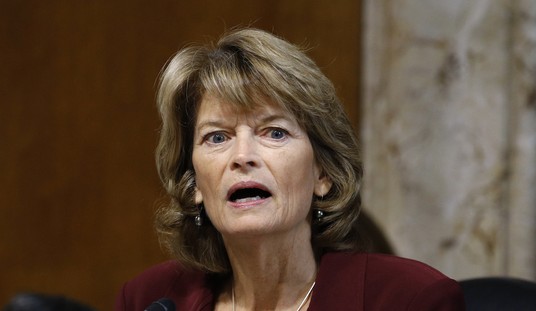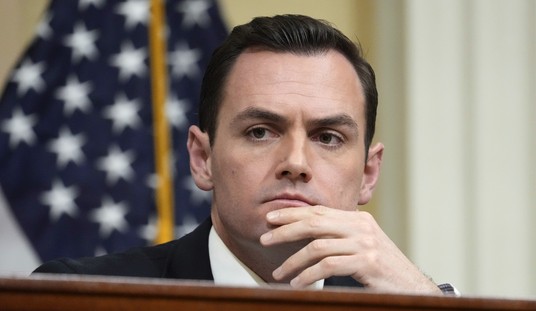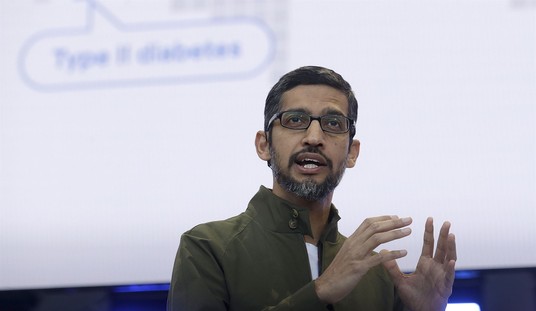Call this the Question of the Quadrennial. Polls actually performed reasonable well in 2016, as it turned out, but people kept looking at the wrong data and kept focused on national polling. In the battleground states where Donald Trump won, polling results turned out to be fairly close to the eventual outcome once the margins of error got taken into account. They may not have predicted Trump’s win, but the possibility for it was clear in retrospect — and Hillary Clinton’s miserable GOTV effort did the rest of the work for Trump.
Four years later, battleground state polls have begun drifting in Trump’s direction again. This once again raises the question about whether pollsters have figured out how to accurately gauge Trump’s support, especially in the Cultural Revolution public atmosphere of today. Former Bush 43 adviser J.T. Young writes at The Hill that the “shy Trump voter” factor could add as much as three percentage points to his standing in these battleground states — which might mean Trump’s already heading to another surprise win:
There is growing suspicion that Trump supporters are not divulging their preferences to pollsters. This would hardly be surprising considering the left’s current cancel culture climate. …
In the last presidential election, 36 percent of voters were Democrats, while 33 percent were Republicans and 31 percent were Independents. Applying CloudResearch’s “shy voter” percentages to each group yields 9 percent of the electorate as not giving their true candidate preferences.
However, those roughly one in 11 reticent voters are not, as CloudResearch discovered, evenly distributed between Donald Trump and Joe Biden. Instead, they run about 2-to-1 in Trump’s favor. On the net, they come out to around a 3 percent hidden “Trump bump.”
Again, that may appear small, but not in what is an increasingly tight race. According to Real Clear Politics’s average of polling results, Biden’s national lead is now just 6 percent — down from 9 percent on July 1. Currently, Biden’s lead in the all-important top battleground states is far narrower — just about 3 percent, compared to just over 5 percent on Aug. 5.
While we do not know where these reticent supporters were being recorded (for example, listed as supporting a third-party candidate or as unsure of who they support), if they were listed as Biden supporters, their impact as hidden Trump supporters would be twice as large. This is because of the zero-sum nature of each vote going to Trump also would be deducted from Biden. So, the range of Trump’s benefit relative to Biden from hidden supporters could be anywhere from 3 percent to 5 percent.
That’s a lot of ifs to explain something that might just be part of statistical noise in the first place. The “shy Trump voter” theory got trotted out after 2016, but there was never much evidence of any such phenomenon except in small anecdotal testimony. Let’s recall that Trump won those “blue wall” states without adding any significant votes to Mitt Romney’s 2012 totals, with the exception of Pennsylvania. Clinton’s turnout was hundreds of thousands of votes short of what Barack Obama had gotten in 2012, meaning that the true phenomenon in place was her GOTV flop and insistence on running a data-focused, national-messaging campaign.
That itself points again to a potential advantage for Trump in this cycle. Joe Biden isn’t doing any retail campaigning — no door knocking, no real local contextualization of his agenda, but instead relying entirely on national messaging. Trump and his campaign learned their lesson in 2016 and have invested far more heavily on turnout operations and local contacts with voters. If that remains in place, then getting within the MoE might be all Trump needs as his team generates better turnout to the polls (or the mailboxes, as the case might be).
That expanded and intensified effort in retail politicking might also be why battleground polls are tightening. Young notes that in his analysis, and a new Monmouth poll out of North Carolina shows Trump gaining momentum in that key state as well:
Democratic presidential nominee Joe Biden leads President Donald Trump by just 2 percentage points among registered voters in North Carolina, according to a new survey of the swing state that could also decide which party wins control of the Senate.
A Monmouth University poll published Thursday reports that 47 percent of North Carolina voters prefer Biden, while 45 percent favor Trump — a slight advantage for the former vice president that nonetheless falls within the survey’s 4.9 point margin of error.
The state’s Senate race is even tighter, with Democratic challenger Cal Cunningham ahead of Republican incumbent Thom Tillis by only 1 percentage point, 46-45 percent.
Fox News had Biden up by four and Tillis down by six, but Fox has always leaned toward pessimistic outcomes, ironically, in their polls. The general trend shows Trump in range of the MoE in all of these states, and if they can hit the gas on their GOTV, then “shy voters” won’t mean anything at all — except for an excuse for those who forget to account for MoE in their predictions.







